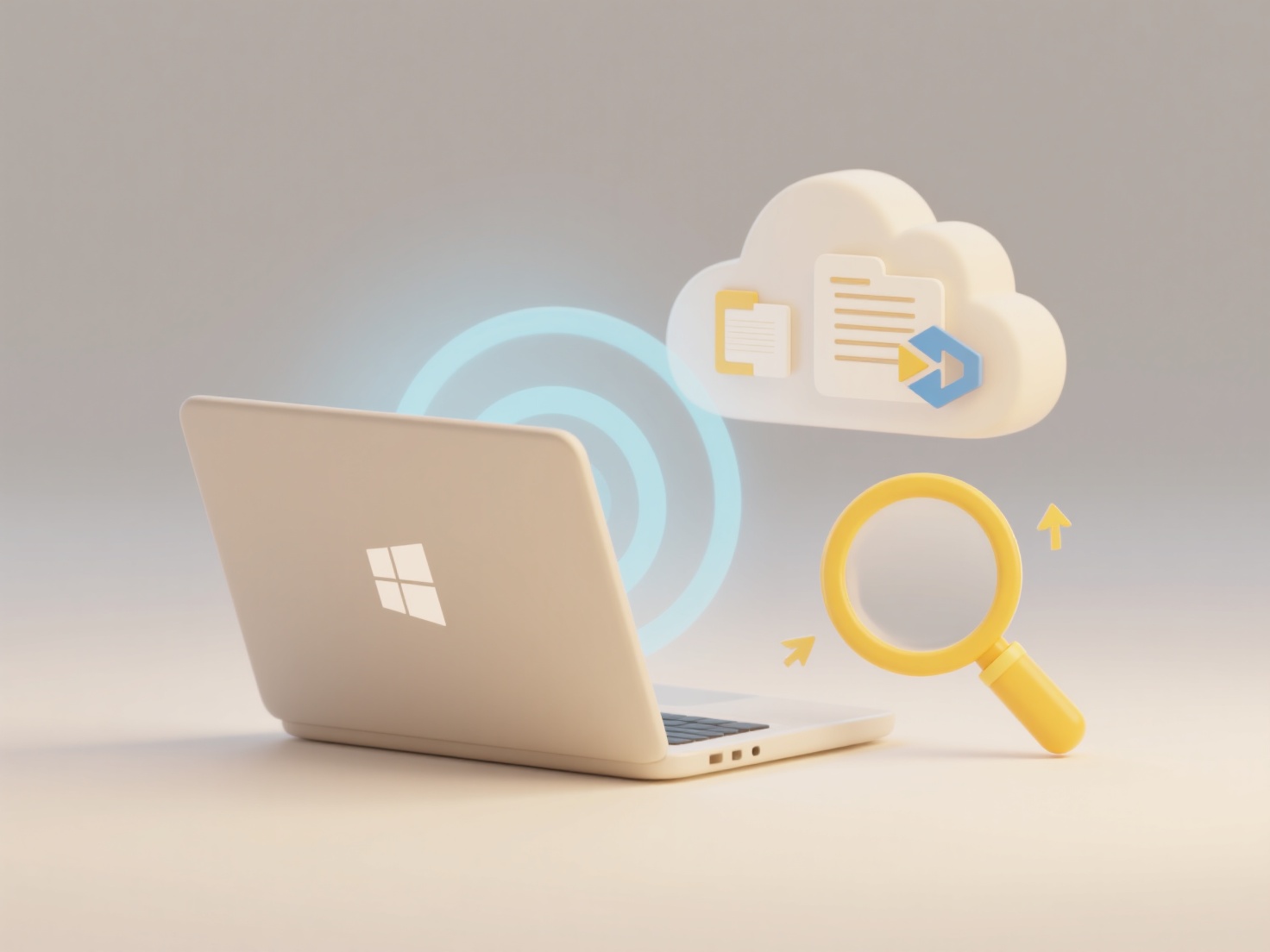
File auditing tracks modifications to files and folders across different storage locations. Local auditing uses operating system tools to record changes on a specific computer or server. Cloud auditing leverages service-provided logs that track actions in online storage platforms. The key difference is where the data resides and how logs are accessed: local systems use native OS logs, while cloud services typically provide audit trails through their APIs or portals. Both work by generating timestamped records of who made a change, what was changed, and when.
For local file auditing, enabling the auditd service on Linux to log changes in a critical /etc directory is a common practice. On Windows, configuring Advanced Auditing Policies via gpedit.msc monitors access to sensitive financial spreadsheets. Cloud examples include using Azure Storage blob change feeds to track document edits in a container or monitoring file activity logs within Google Drive or SharePoint for collaborative project folders.

Auditing enhances security and compliance by providing a vital change history for incident investigations. Key limitations include potential resource usage (local) and differences in logging detail across cloud providers. Storing logs securely and configuring appropriate retention periods is crucial, balancing compliance needs with privacy concerns. Future trends involve more automated tools correlating local and cloud audit data for comprehensive oversight.
How do I audit file changes in both local and cloud directories?
File auditing tracks modifications to files and folders across different storage locations. Local auditing uses operating system tools to record changes on a specific computer or server. Cloud auditing leverages service-provided logs that track actions in online storage platforms. The key difference is where the data resides and how logs are accessed: local systems use native OS logs, while cloud services typically provide audit trails through their APIs or portals. Both work by generating timestamped records of who made a change, what was changed, and when.
For local file auditing, enabling the auditd service on Linux to log changes in a critical /etc directory is a common practice. On Windows, configuring Advanced Auditing Policies via gpedit.msc monitors access to sensitive financial spreadsheets. Cloud examples include using Azure Storage blob change feeds to track document edits in a container or monitoring file activity logs within Google Drive or SharePoint for collaborative project folders.

Auditing enhances security and compliance by providing a vital change history for incident investigations. Key limitations include potential resource usage (local) and differences in logging detail across cloud providers. Storing logs securely and configuring appropriate retention periods is crucial, balancing compliance needs with privacy concerns. Future trends involve more automated tools correlating local and cloud audit data for comprehensive oversight.
Quick Article Links
Can I search for files with broken links or dependencies?
Yes, you can search for files with broken links or dependencies. This involves identifying files that reference other re...
Why does the file keep asking to update format or content?
Files frequently prompt for updates when transitioning between applications or versions due to inherent compatibility di...
Should I use a duplicate file finder on system folders?
A duplicate file finder is software that identifies files with identical content or names, typically used to recover sto...